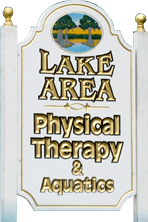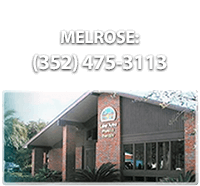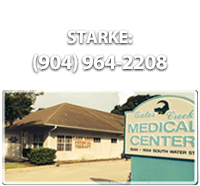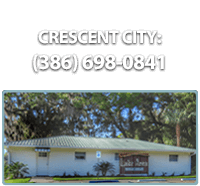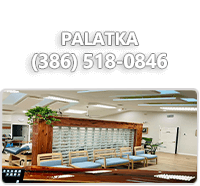Ganglion Cysts - Foot
Introduction
Anatomy
Ganglion cysts arise from the fluid filled areas on the ligaments or between the bones. The cyst is a sac-like structure filled with fluid. The fluid is harmless but can become thicker over time, making the cyst feel firm and spongy. A ganglion cyst can grow large, but it will not spread to other parts of your body.
Causes
Symptoms
Ganglion cysts may be painless, but they can cause tingling, burning, numbness, aching, or pain if they are on or near a nerve. The cyst may interfere with wearing shoes or walking.
Diagnosis
Sometimes doctors use needle aspiration to confirm the diagnosis of a ganglion cyst. This simple procedure involves numbing the area and then using a syringe and needle to draw fluid from the cyst. The fluid is examined to confirm the diagnosis and rule out any other condition.
In some cases, imaging tests, such as ultrasound or magnetic resonance imaging (MRI) scans, are used to gather more information about the cyst and surrounding structures. Imaging tests are helpful to determine if a growth is fluid-filled or solid. The images may also show if an artery or blood vessel is causing the bump.
Treatment
Needle aspiration is also used as a treatment for ganglion cysts. After the fluid is removed, the site is injected with steroid medication. Needle aspiration is a fairly successful treatment, although some people may need to have repeated procedures.
Surgery
Outpatient surgery is recommended if the ganglion cyst is painful, causes numbness or tingling, or interferes with walking or movement. After the area is numbed, the cyst is surgically removed.
Recovery

Copyright © - iHealthSpot Interactive - www.iHealthSpot.com
This information is intended for educational and informational purposes only. It should not be used in place of an individual consultation or examination or replace the advice of your health care professional and should not be relied upon to determine diagnosis or course of treatment.
The iHealthSpot patient education library was written collaboratively by the iHealthSpot editorial team which includes Senior Medical Authors Dr. Mary Car-Blanchard, OTD/OTR/L and Valerie K. Clark, and the following editorial advisors: Steve Meadows, MD, Ernie F. Soto, DDS, Ronald J. Glatzer, MD, Jonathan Rosenberg, MD, Christopher M. Nolte, MD, David Applebaum, MD, Jonathan M. Tarrash, MD, and Paula Soto, RN/BSN. This content complies with the HONcode standard for trustworthy health information. The library commenced development on September 1, 2005 with the latest update/addition on February 16, 2022. For information on iHealthSpot’s other services including medical website design, visit www.iHealthSpot.com.
